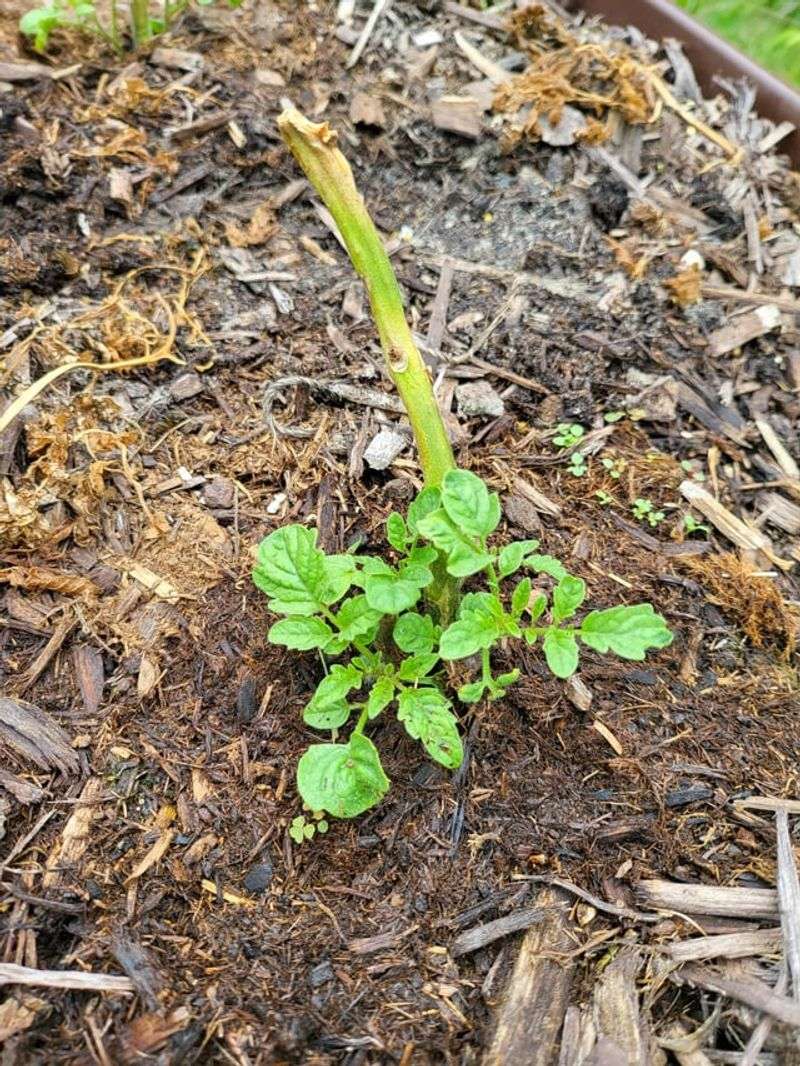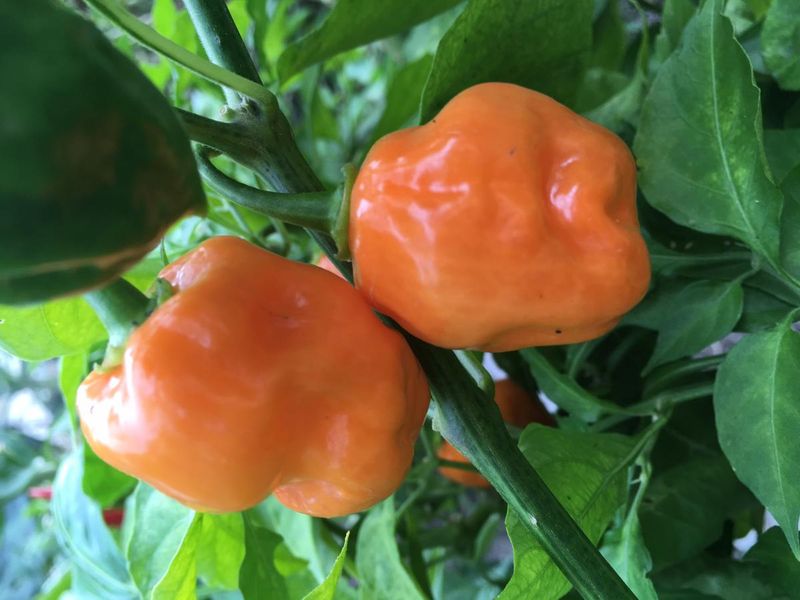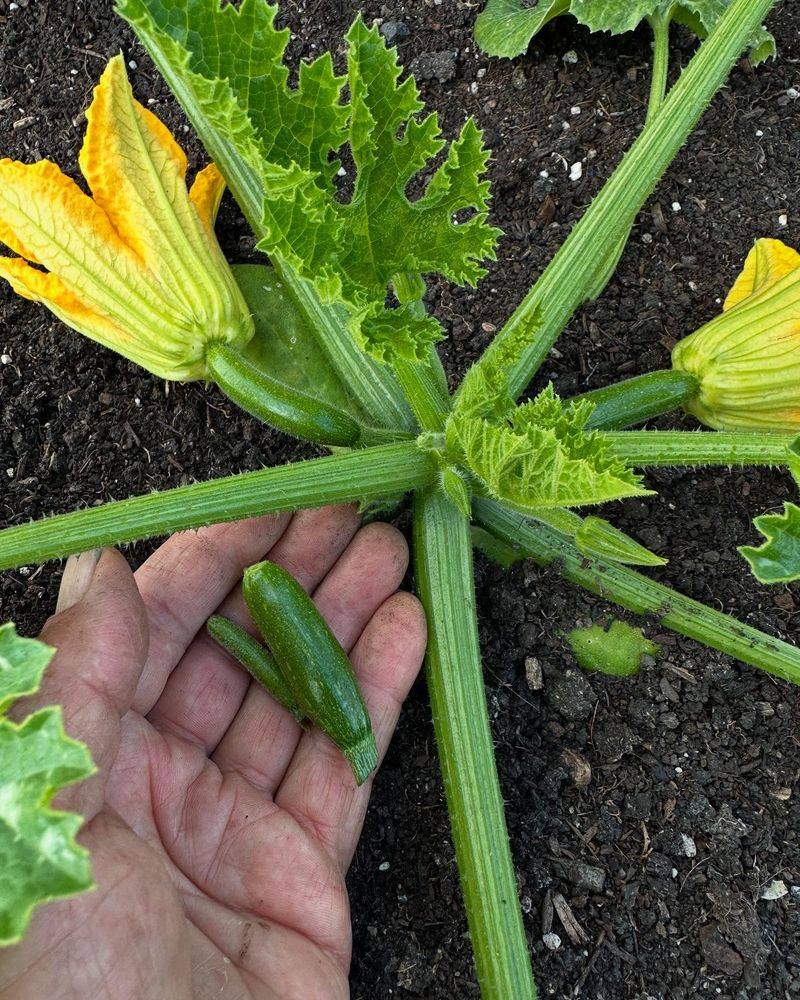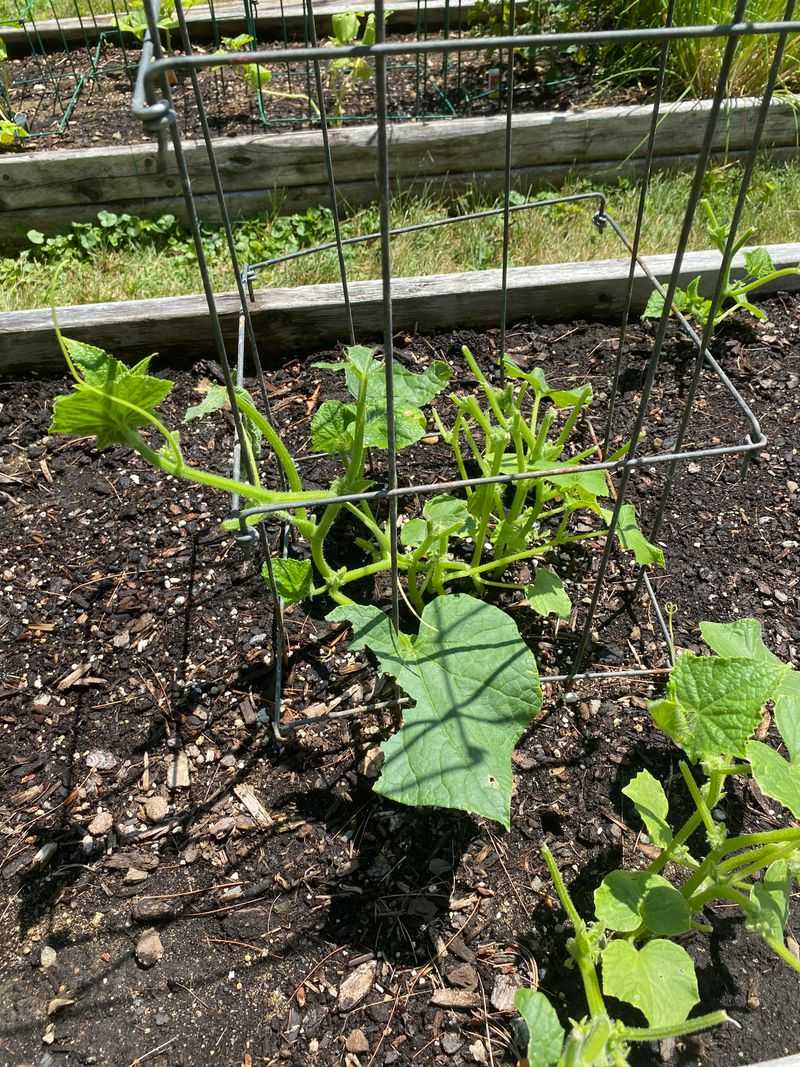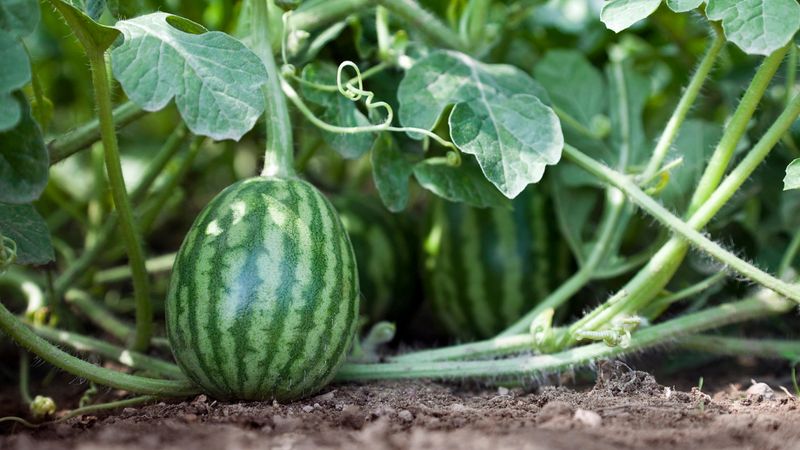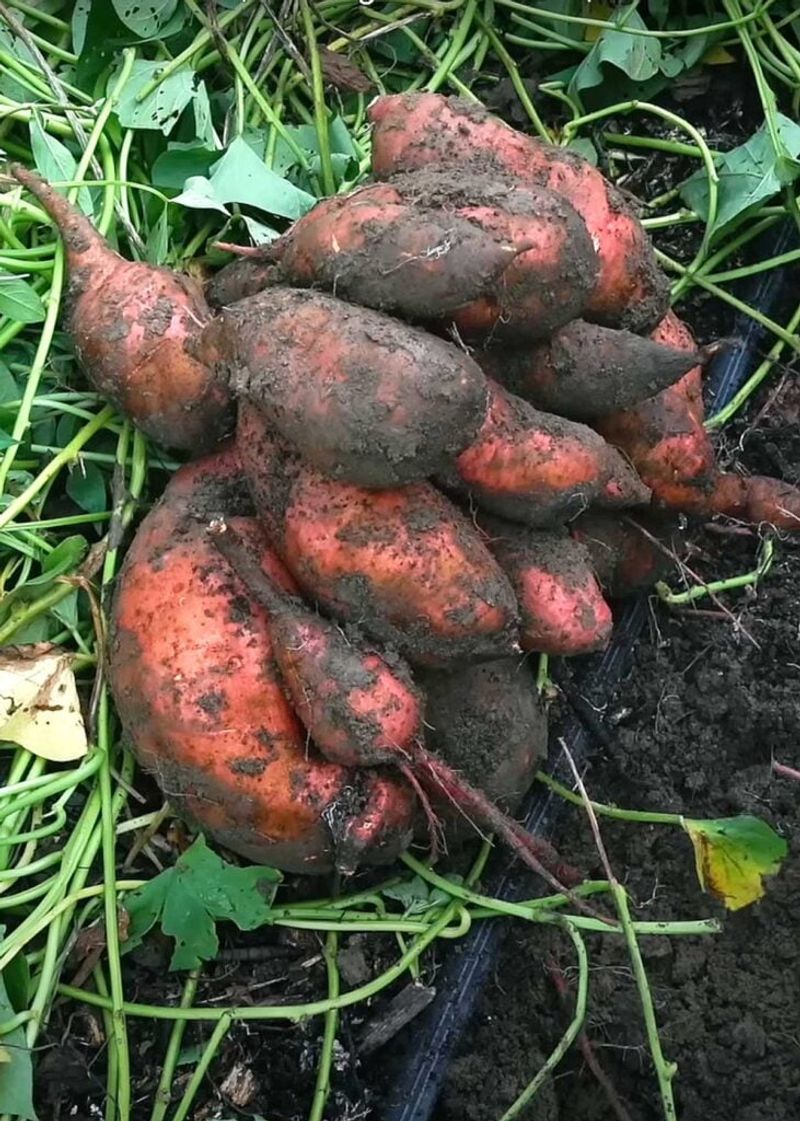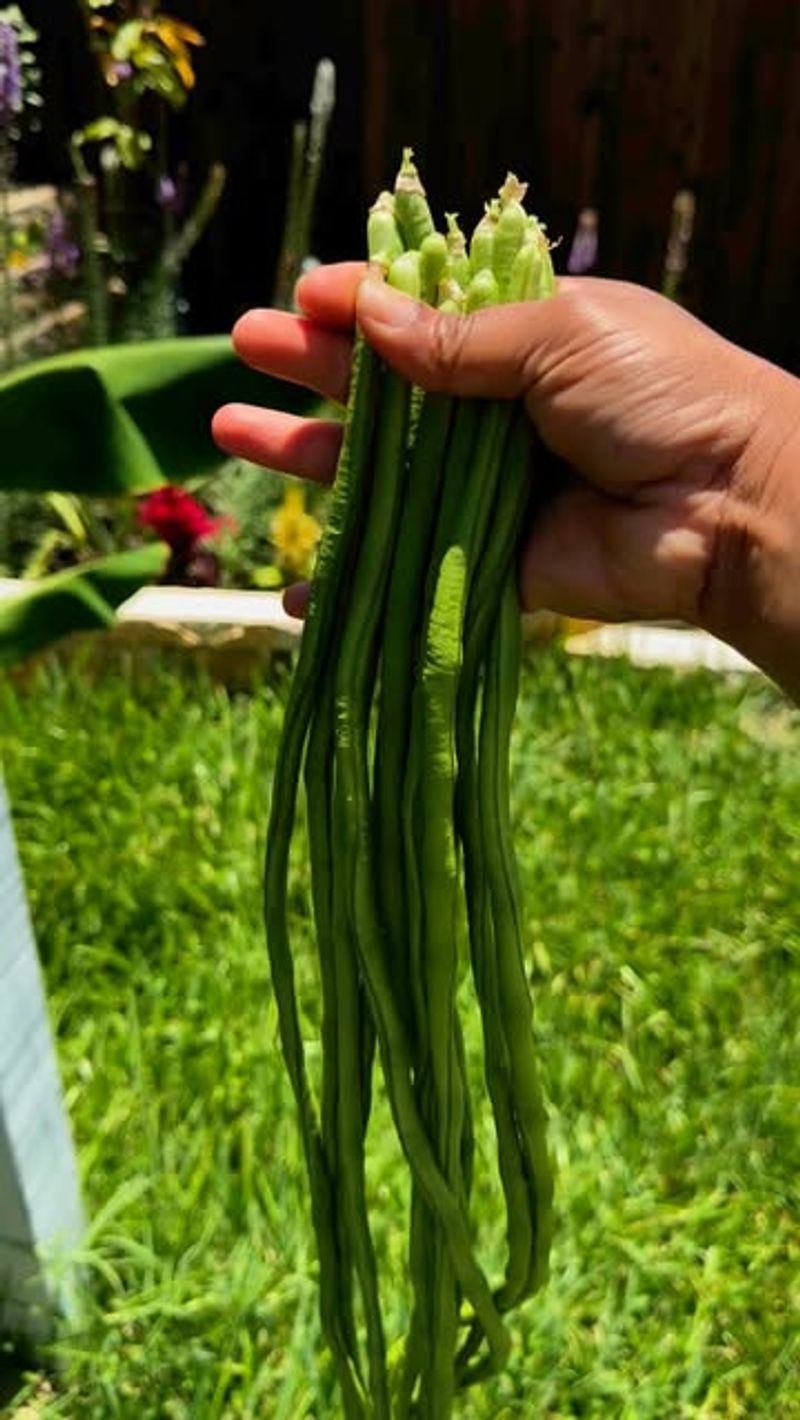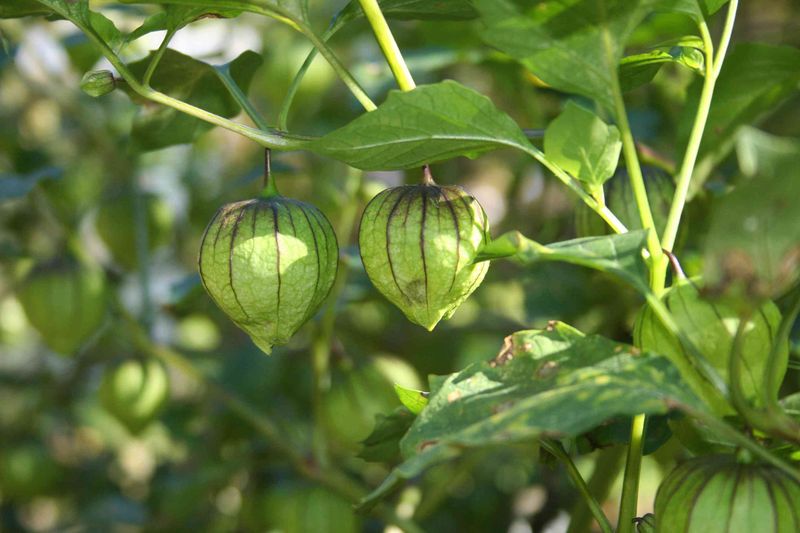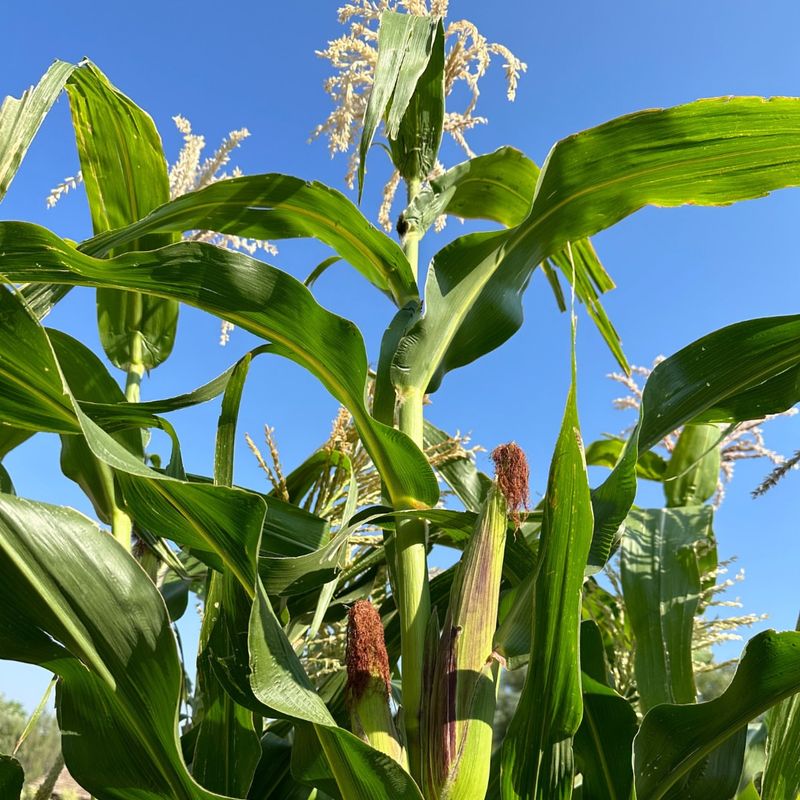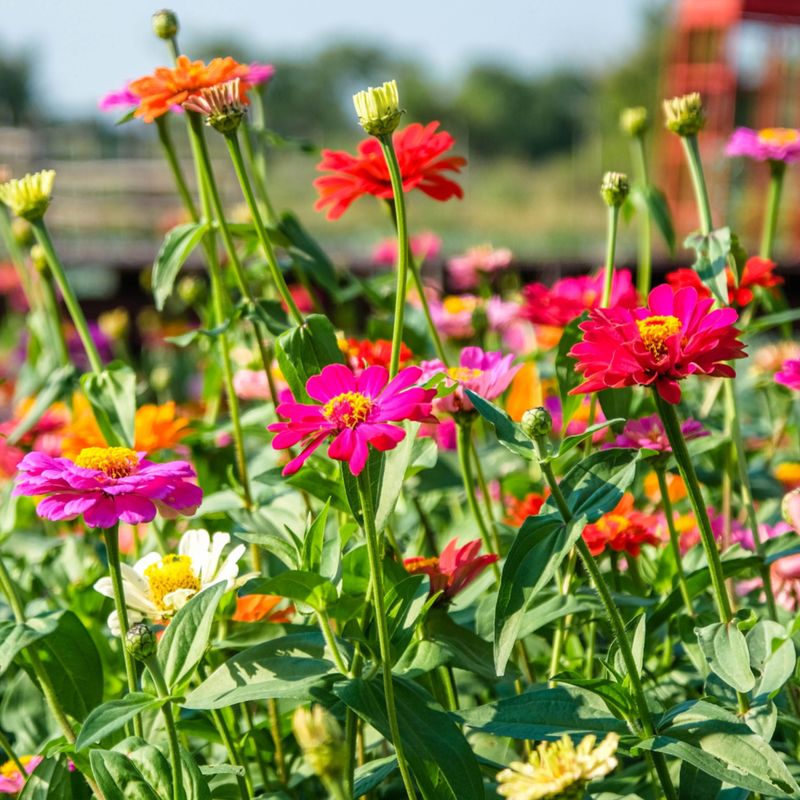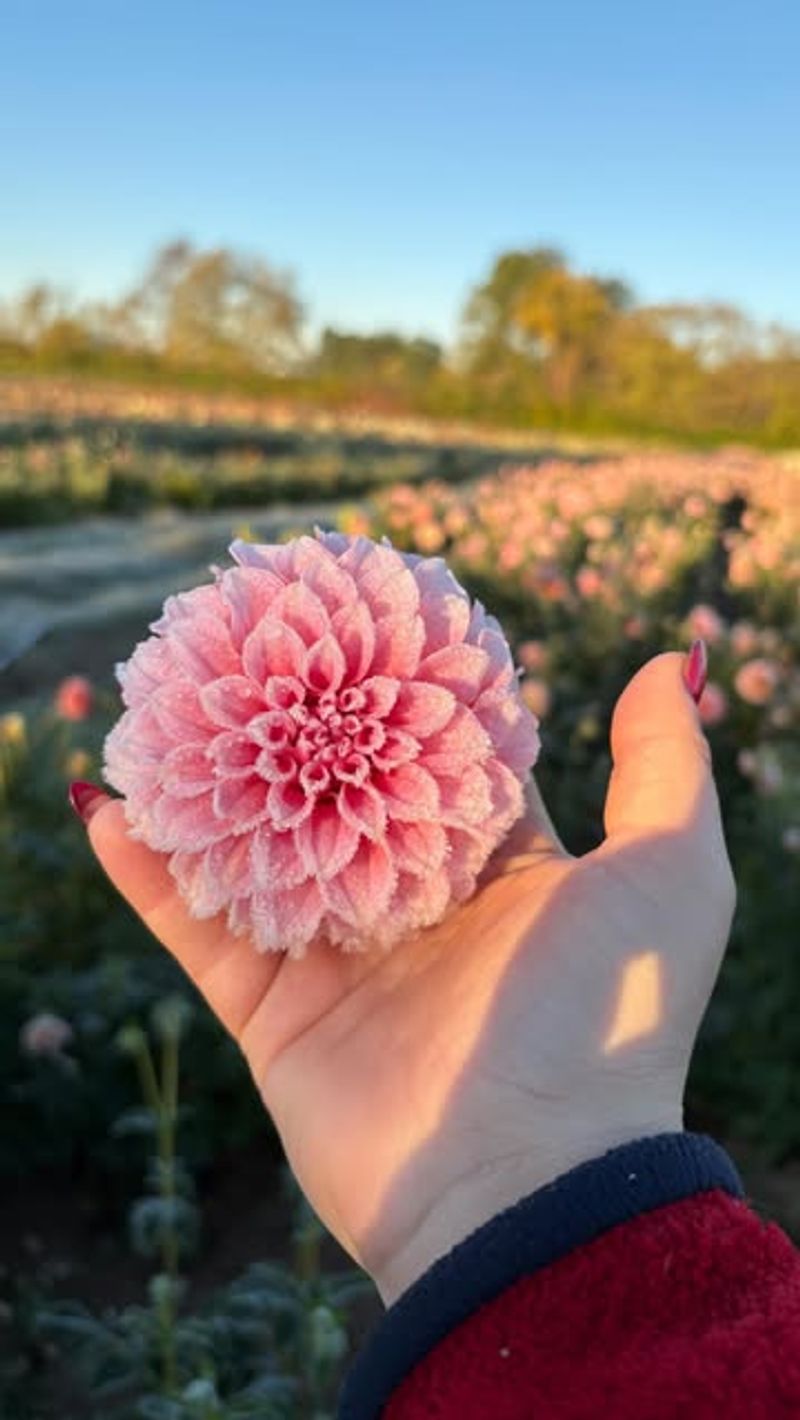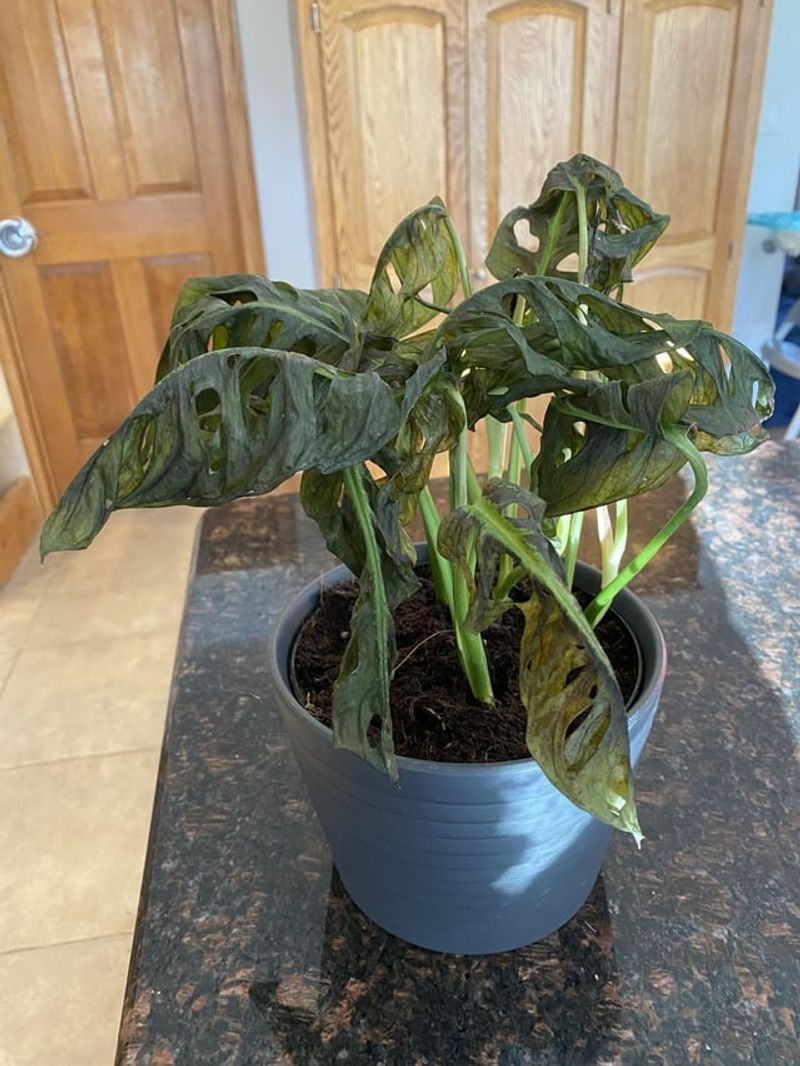September in Ohio ushers in cooler days, shorter daylight hours, and the season’s first touches of frost. While some plants handle this transition well, others struggle to settle in before winter hits. Choosing wisely now helps avoid wasted time and effort.
After fifteen years of Ohio gardening, I’ve had my share of fall planting regrets. I’ve watched transplants that looked perfect wither from early October frosts. The soil cools fast in September, adding to the challenge for late-season planting.
These particular plants just don’t fare well when planted in September here. Garden centers may offer tempting deals, but hold off. Save them for their ideal planting window—and you’ll thank yourself come spring.
1. Tomatoes
The growing season simply isn’t long enough when starting tomatoes in September. These warm-season crops need at least 60-80 days to produce fruit, putting harvest well into November—long after Ohio’s first killing frosts.
I tried planting some late tomato seedlings one year hoping for a miracle, but they barely grew before cold temperatures stunted them. Save your tomato planting for late spring when soil temperatures remain consistently above 60°F.
2. Peppers
Both sweet and hot peppers require warm soil and air temperatures to establish properly. September’s cooling soil conditions will shock pepper roots, causing stunted growth and poor fruit development.
Peppers planted this late won’t have enough time to produce anything before frost hits. My neighbor once tried planting pepper seedlings in mid-September, and they remained the same size until frost killed them in October.
3. Basil
Extremely cold-sensitive, basil blackens and dies at the first hint of frost. September planting gives this herb virtually no time to establish before Ohio’s temperatures drop too low.
The shortened daylight hours also cause basil to flower quickly, making the leaves bitter. Last September, my basil seedlings barely reached 3 inches tall before an early October cold snap turned them to mush overnight.
4. Zucchini And Summer Squash
Fast-growing as they are, summer squashes can’t outrun Ohio’s first frost when planted in September. These warm-season vegetables need consistently warm temperatures to produce well.
Even if they manage to flower, pollination becomes difficult with fewer insects active in fall. During my early gardening days, I wasted good squash seeds trying to squeeze in a late crop—they sprouted but never grew beyond seedling stage.
5. Cucumbers
Cucumber plants shut down growth when temperatures consistently drop below 60°F, making September planting futile in Ohio. These vines need warm soil to establish strong root systems and typically require 50-70 days to produce.
Cool nights cause bitter-tasting cucumbers even if plants survive. I’ve found cucumber seeds planted after Labor Day rarely develop beyond small seedlings before frost ends their short lives.
6. Watermelon
Watermelons have one of the longest growing seasons of all garden plants, needing 80-100 days of warm weather. Planting in September gives them no chance to mature before Ohio’s growing season ends.
These heat-loving fruits require soil temperatures above 70°F to germinate properly. I watched a fellow community gardener try late watermelons once—the plants barely emerged before frost claimed them.
7. Okra
Native to tropical regions, okra needs consistently warm temperatures to thrive. September’s cooling trend in Ohio makes it impossible for newly planted okra to establish and produce pods.
Okra seeds won’t even germinate properly when soil temperatures drop below 65°F. I experimented with late okra planting years ago, and the seeds sat dormant in the cooling soil, eventually rotting rather than sprouting.
8. Eggplant
Eggplants are notoriously slow to mature, requiring at least 100-120 days from seed to harvest. September planting in Ohio gives them barely 30-45 days before frost, making successful growth impossible.
These tropical plants suffer when temperatures drop below 50°F, showing purple discoloration and stunted growth. One September, I tried planting some eggplant seedlings from a garden center clearance sale—they never grew an inch before frost hit.
9. Sweet Potatoes
Sweet potatoes need a long, warm growing season of 90-120 days to develop their nutritious tubers. September planting gives them no chance to produce anything worth harvesting before Ohio’s first freeze.
The vines are extremely frost-sensitive and die back completely at the first cold snap. My garden club tried a late sweet potato experiment once, and we ended up with pencil-thin roots instead of plump tubers when we dug them after frost.
10. Lima Beans
Lima beans require 60-90 days of warm weather to produce their harvest. September planting in Ohio means they’ll barely start flowering before frost kills the plants entirely.
These beans grow slowly in cool soil, making late planting particularly ineffective. I’ve tried succession planting lima beans too late in the season, and the September batch never made it past the four-leaf stage before cold temperatures stopped their growth completely.
11. Tomatillos
Related to tomatoes, tomatillos have similar warm-season needs and long maturation times. September-planted tomatillos won’t have enough growing season left to produce their papery-husked fruits before frost.
These plants need at least 75-100 days to mature. My gardening neighbor once tried late-season tomatillos, and they grew into lovely plants that flowered just as the first frost wiped them out—a disappointing waste of garden space.
12. Corn
Sweet corn requires not just warm soil but also specific day lengths to trigger proper development. September’s shortening days and cooling temperatures make corn planting futile in Ohio gardens.
Corn needs 60-100 days to produce, depending on variety. The pollen also becomes less viable in cool fall conditions, resulting in poorly filled ears even if plants survive long enough. My early gardening mistakes included trying late corn—it grew knee-high before frost killed it.
13. Annual Flowers From Seed
Most annual flowers like zinnias, marigolds, and cosmos need 60-90 days from seed to bloom. September-planted annual seeds won’t have time to reach flowering stage before frost ends their growth cycle.
The cooling soil also slows germination dramatically. Last fall, I sprinkled some cosmos seeds hoping for late blooms, but they barely sprouted before cold weather arrived. Save annual flower seeds for spring planting instead.
14. Perennial Hibiscus
Despite being hardy in Ohio, perennial hibiscus planted in September won’t establish adequate root systems before ground-freezing temperatures arrive. These plants need time to develop strong roots to survive their first winter.
September-planted hibiscus often experiences significant dieback or complete winter kill. I lost two expensive hibiscus plants after planting them too late one year—they simply couldn’t develop enough root mass to support spring regrowth.
15. Japanese Maples
These ornamental trees are particularly sensitive to being transplanted too late in the season. September-planted Japanese maples in Ohio often suffer winter damage or death because they can’t establish proper root systems before soil freezes.
The stress of transplanting combined with approaching dormancy creates a difficult situation. My neighbor’s beautiful Japanese maple died after September planting—a costly lesson about proper timing for woody ornamentals.
16. Tender Bulbs
Dahlias, gladiolus, and other tender bulbs planted in September won’t have enough growing season left to flower before frost kills their foliage. These bulbs need warm soil to establish roots and typically require 60-90 days to bloom.
Rather than planting in September, store these bulbs in a cool, dry place for spring planting. I once found clearance dahlias in September and planted them—they sprouted but never grew more than a few inches before frost cut them down.
17. Tropical Houseplants
Moving tropical houseplants like fiddle leaf figs or monstera outdoors in September exposes them to increasingly cold temperatures that can cause permanent damage. These plants can’t acclimate quickly enough to Ohio’s rapidly changing fall conditions.
The shock of temperature fluctuations often causes leaf drop and decline. I moved my prized monstera outside one September day, forgetting to bring it in before a cool night—the resulting leaf damage took months to overcome.


